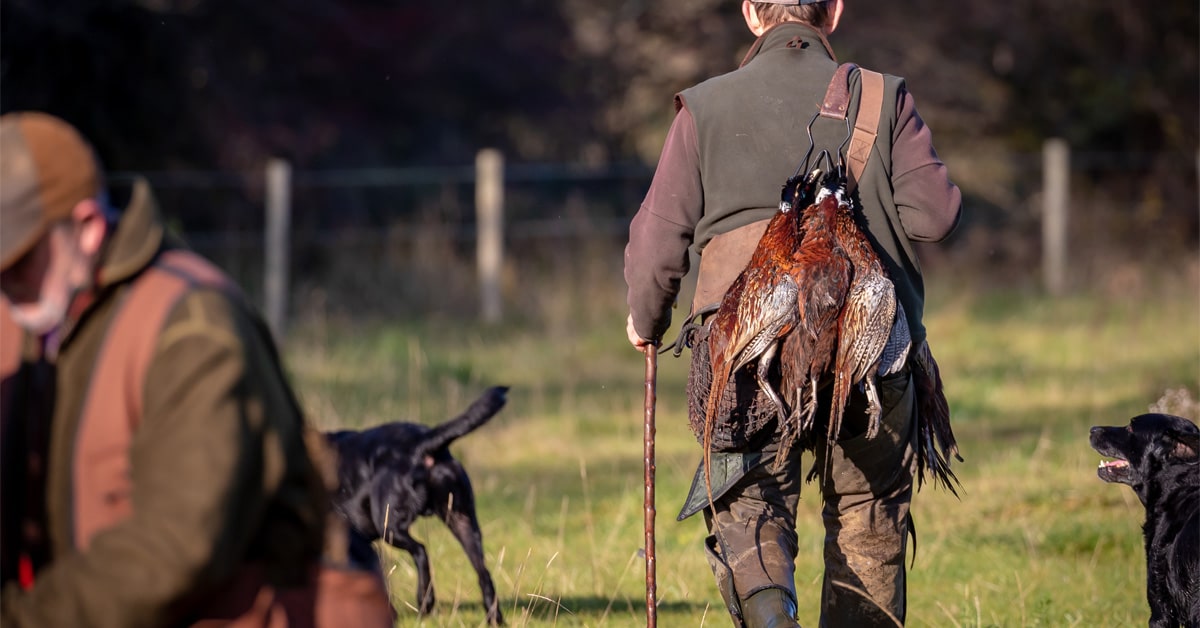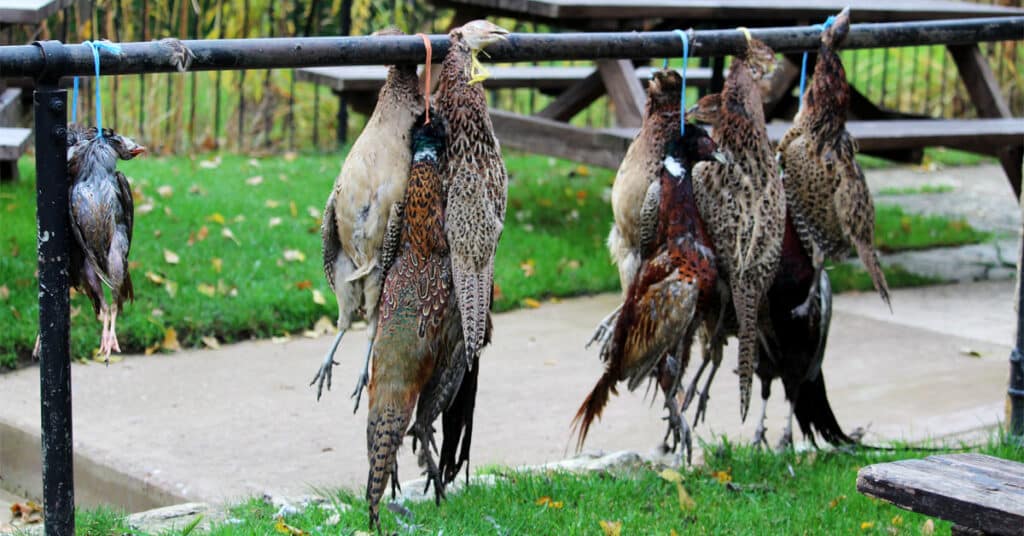A new study into lead shot has confirmed what we already know – it’s creating toxicity in foods that reach supermarket shelves. But this study shows that it has affected dog food too.
On 3 May, environmental research journal Ambio published a study into the levels of lead found in commercial dog food. Headed up by Debbie Pain, of the University of Cambridge’s Zoology department, it found concentrations of lead in some dog food to be nearly 50 times higher than the EU’s maximum residue level (MRL).
The researchers analysed raw, air-dried and processed wet dog foods, some of which were pheasant-based and others chicken-based. And it found that the raw and air-dried food products made from pheasants overwhelmingly contained lead:
“About three quarters of raw pheasant dogfood samples analysed had lead concentrations exceeding maximum levels permitted in animal feed”
In particular, the study noted that the mincing process used to turn dead pheasants into raw dog food caused “additional fragmentation” of the lead ammunition. As a result, it made lead’s presence more ubiquitous throughout food products and increased its concentration under analysis.
Meanwhile, only one sample of pheasant-based processed (tinned) food contained traces of lead. The researchers were unable to ascertain the reason for this. They suggested it may be down to the origin of the pheasants, such as meat taken from pheasants “slaughtered while captive”, or that the pheasants came from shoots that don’t use lead shot. However, as Protect the Wild previously reported, a recent study found very few pheasants destined for human consumption were killed using non-lead shot.
There is, of course, no safe level of lead consumption for humans. The study said that “lead affects all mammals in a broadly similar way”, and that other studies have found gun dogs in Europe with lead levels nearly at the threshold for poisoning. As a result, such food could cause gastrointestinal, renal, cardiovascular and other serious health problems.
It also highlighted that, given the rising popularity of raw food diets for domestic dogs, and the high concentration of lead found in such pheasant-based products, the “possibility of lethal exposure” to young puppies “cannot be discounted”.

Not just dog food
Protect the Wild previously covered a review – which Debbie Pain was also involved with – into lead traces in dead pheasants sold for human consumption. Published in February, it found that 94% of sampled pheasant bodies taken directly from retailers contained lead shotgun pellets.
In that case, the findings came three years into a supposed five-year resolution by the shooting industry to eliminate the use of lead. And off the back of the review’s finding, campaign group Wild Justice called for an outright ban on lead shot in the UK.
The study into dog food contains a similar plea. After laying out that:
“77% of samples from three raw pheasant dogfood products exceeded the EU [MRL] for lead in animal feed, with mean concentrations approximately 245, 135 and 49 times above the MRL.”
The study then pointed out that the only proper method of eliminating the risk of lead toxicity to domestic dogs is to get rid of lead shotgun pellets. It said that an “overarching One Health approach” replacing lead with non-toxic alternatives would benefit “humans, wildlife and the environment”.
Of course, the best way to benefit wildlife, the environment and (most) humans is to do away with the shooting industry altogether. It has shown itself incapable of basic decency by getting rid of ammunition that is causing widespread collateral damage. Thus, we can’t expect it to make any decisions that actually prioritise humans, animals and the planet over murdering birds and making profits. The sooner it is finished, the sooner our dog friends and ourselves can be safer.
Featured image via malcolm west/Pixabay


